News 6/6/13
Thirty-five percent of physician groups plan to purchase, replace, or upgrade their ambulatory EHR according to a HIMSS Analytics/CapSite report on ambulatory EHRs and PMs. Other key findings from the survey of over 800 practices:
- eClinicalWorks, Allscripts, and NextGen are the dominant EHR providers for free-standing practices; Epic, Allscripts, and Cerner are the market leaders for hospital-owned practices.
- The most important driver for EHR purchases is increased practice efficiency, followed by increased quality delivered and easier data sharing between facilities.
- Allscripts, NextGen, and eClinicalworks have the largest market penetration for PM systems in free-standing clinics; Epic, GE, and Meditech lead in hospital-owned practices.
- Forty-six percent of physicians groups plan to join an HIE.
Henry Schein will add dashboardMD’s healthcare dashboards and BI tools into its MicroMD PM and EMR systems.
HIT sales and services firm Sterling Computer Corporation acquires Wide River Technology Extension Center, the HIT consulting division of CIMRO of Nebraska. CIMRO is the REC for Nebraska and will continue to serve in that capacity. According to the press release, the REC’s grant money is scheduled to end in February, 2014. Sterling’s acquisition of Wide River allows the HIT consulting business to continue, even after the grant money runs out.
At least 122 EHR vendors claim they will offer a fully functional mobile access and/or iPad native version of their EHRs by the end of this year, and another 135 vendors report having mobile apps on their near-term strategic horizons. Hospitalists, primary care providers, and internal medicine physicians have the strongest preference for EHRs on mobile devices; surgeons express the lowest interest. According to a Black Book survey of over 1,400 practices, drChrono offers the iPad EHR application with the highest customer satisfaction scores.
Greenway Medical announces the grand opening of its new corporate headquarters.
US News & World Report and Doximity will offer a free online directory of over 700,000 practicing US physicians. The information will be available to consumers but physicians can control whether certain information is shared publically by maintaining an online profile on doximity.com. That’s a clever way for Doximity to increase its number of physician “users.”
The 182-physician Covenant Medical Group (TX) adopts the PerfectServe clinical communications platform to provide secure and streamlined communications between clinicians.
Athenahealth announces it will guarantee the ICD-10 transition for new clients who are live before June 30, 2014 and will waive its fees on services if it is not ICD-10 compliant by the government’s Oct. 1, 2014 deadline. In addition, athenahealth will backstop the revenue cycle for independent practices by providing a cash advance against submitted claims, if those claims are delayed by payers in the ICD-10 transition period.
Drchrono will offer its paid EHR subscribers access to online patient education resources developed by Mayo Clinic.

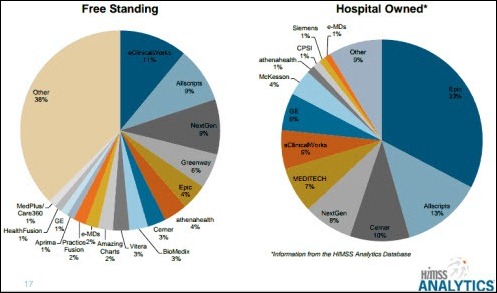
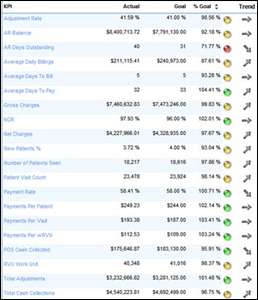

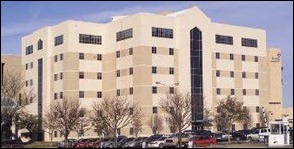
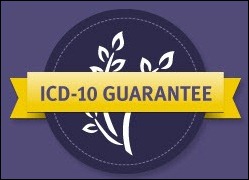
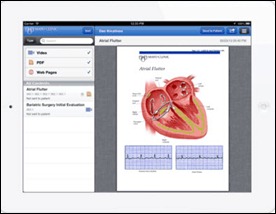

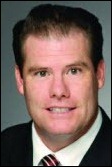
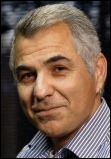
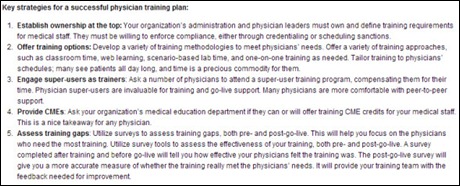






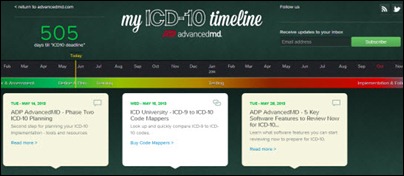



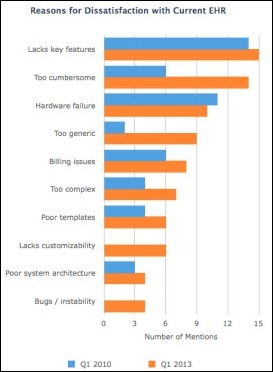

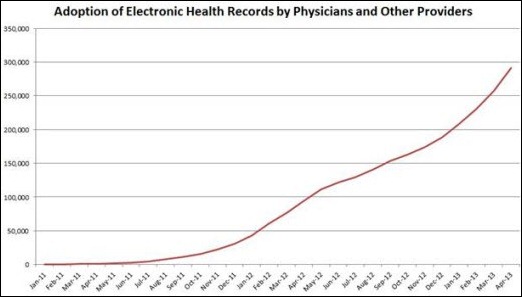
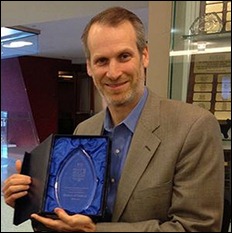
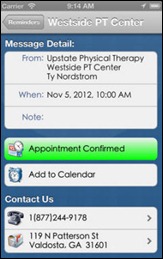
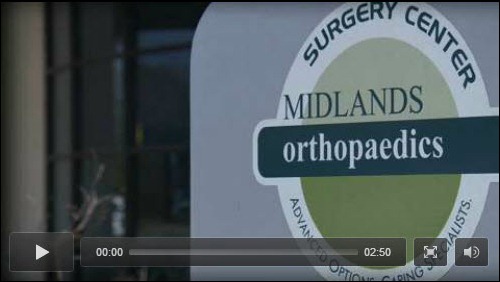
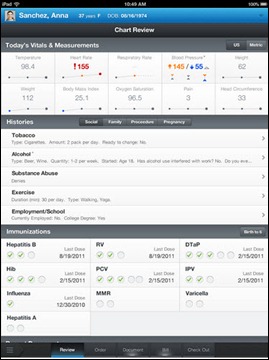
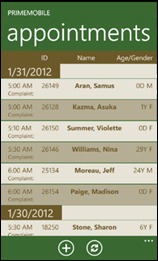
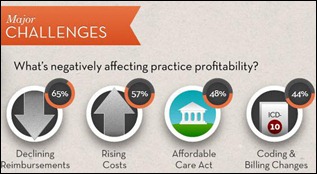

The article about Pediatric Associates in CA has a nugget with a potentially outsized impact: the implication that VFC vaccines…